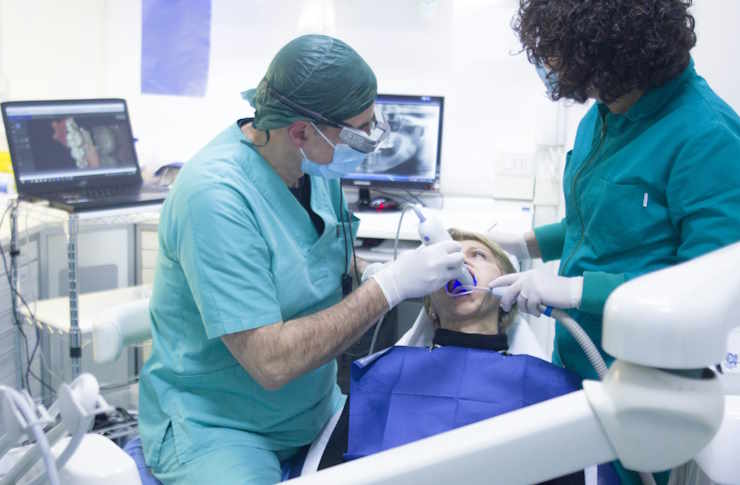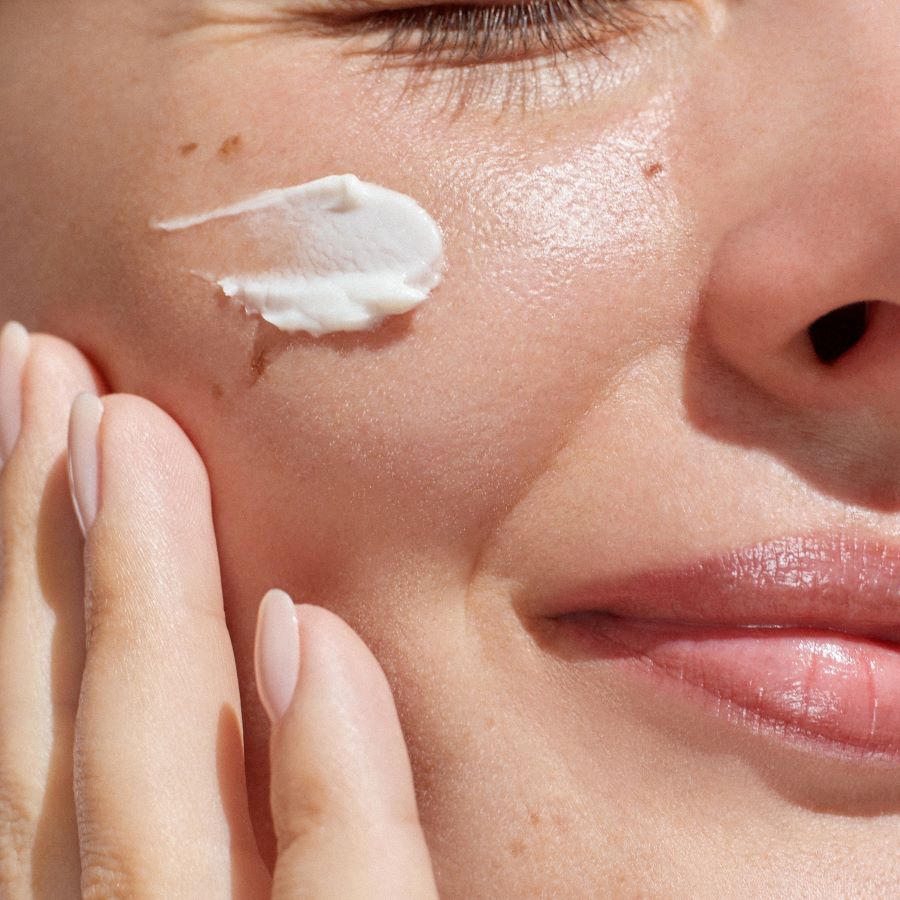Cryolipolysis: Freezing Away Fat Cells
In the ever-evolving landscape of beauty and fitness, innovative treatments continue to emerge, promising transformative results with minimal invasiveness. One such breakthrough that has captured the attention of both medical professionals and beauty enthusiasts is cryolipolysis. This cutting-edge fat reduction technique harnesses the power of controlled cooling to target and eliminate stubborn fat deposits, offering a non-surgical alternative to traditional liposuction. As the demand for non-invasive body contouring procedures grows, cryolipolysis stands out as a fascinating fusion of science and aesthetics, challenging our understanding of fat loss and body sculpting.

When exposed to this controlled cooling, fat cells crystallize and eventually die off. Over the following weeks and months, the body’s natural metabolic processes eliminate these damaged fat cells, resulting in a gradual reduction of fat in the treated area. This natural elimination process is key to the treatment’s effectiveness and safety, as it allows the body to process the fat cells at a rate it can handle without overloading the system.
Historical Context and Development
The concept of cryolipolysis was first discovered by Harvard scientists Dr. Dieter Manstein and Dr. R. Rox Anderson in 2007. Their research was inspired by an intriguing phenomenon known as “popsicle panniculitis,” where children who consumed popsicles developed dimples in their cheeks due to the cold-induced breakdown of fat cells.
This observation led to extensive research and development, culminating in the creation of the first FDA-approved cryolipolysis device in 2010. Since then, the technology has undergone numerous refinements and improvements, expanding its applications to various body areas and gaining popularity worldwide as a non-surgical alternative to liposuction.
Current Industry Trends and Expert Analysis
The cryolipolysis market has experienced significant growth in recent years, with experts projecting continued expansion. According to a report by Grand View Research, the global non-invasive fat reduction market, which includes cryolipolysis, is expected to reach $1.6 billion by 2027, growing at a CAGR of 16.1% from 2020 to 2027.
Dr. Mathew Avram, Director of Laser, Cosmetics and Dermatologic Surgery at Massachusetts General Hospital, notes, “Cryolipolysis has revolutionized non-invasive body contouring. Its efficacy, coupled with its safety profile, has made it a go-to treatment for patients seeking fat reduction without surgery.”
The treatment’s popularity is driven by several factors, including minimal downtime, natural-looking results, and its ability to target specific problem areas resistant to diet and exercise. As consumer demand for non-invasive procedures continues to rise, cryolipolysis is positioned to play a significant role in the future of body contouring.
Benefits and Market Relevance
Cryolipolysis offers several advantages that contribute to its growing market relevance:
-
Non-invasive nature: Unlike surgical procedures, cryolipolysis doesn’t require incisions, anesthesia, or recovery time, making it appealing to those seeking fat reduction without the risks associated with surgery.
-
Targeted fat reduction: The treatment allows for precise targeting of specific problem areas, such as love handles, belly fat, or double chins, providing customized results.
-
Natural-looking results: The gradual fat reduction process yields results that appear natural and long-lasting, avoiding the dramatic changes sometimes associated with surgical procedures.
-
Minimal side effects: Common side effects are typically mild and temporary, including redness, bruising, and numbness in the treated area.
-
Versatility: As the technology advances, cryolipolysis is being adapted for use on various body parts, expanding its applications and market potential.
These benefits have contributed to cryolipolysis becoming a staple offering in many aesthetic clinics and medical spas, driving industry growth and innovation.
Evidence-Based Claims and Recommendations
Numerous clinical studies have demonstrated the efficacy and safety of cryolipolysis. A 2015 review published in the Plastic and Reconstructive Surgery journal analyzed 19 studies, concluding that cryolipolysis is a safe and effective non-invasive method for reducing subcutaneous fat.
Another study published in the Aesthetic Surgery Journal in 2018 found that patients experienced an average of 18.4% reduction in fat layer thickness after a single treatment session. The study also reported high patient satisfaction rates, with 80% of participants stating they would recommend the treatment to others.
However, it’s important to note that cryolipolysis is not a weight loss solution and is most effective for individuals close to their ideal body weight with specific areas of stubborn fat. Dr. Suzanne Kilmer, a board-certified dermatologist and laser expert, advises, “Cryolipolysis works best for patients who maintain a healthy lifestyle and use the treatment as a complement to their fitness regimen, not a replacement for it.”
Future Developments and Challenges
As cryolipolysis continues to evolve, researchers and manufacturers are exploring ways to enhance its effectiveness and expand its applications. Some areas of ongoing development include:
-
Improved applicator designs for better coverage and comfort
-
Combination therapies that pair cryolipolysis with other non-invasive treatments for enhanced results
-
Refinement of protocols for treating different body areas and fat types
Despite its success, cryolipolysis faces challenges, including the need for long-term studies on its effects and the emergence of competing technologies. Additionally, as with any aesthetic procedure, managing patient expectations and ensuring proper training for practitioners remain crucial for maintaining the treatment’s reputation and efficacy.
In conclusion, cryolipolysis represents a significant advancement in non-invasive body contouring, offering a science-based approach to targeted fat reduction. As the beauty and fitness industry continues to embrace innovative technologies, cryolipolysis stands out as a treatment that bridges the gap between traditional aesthetics and cutting-edge medical science. Its growing popularity and ongoing development suggest that fat freezing will remain a key player in the evolving landscape of body sculpting for years to come.





